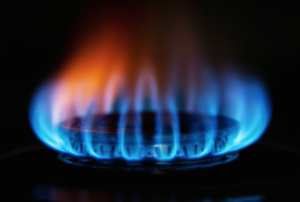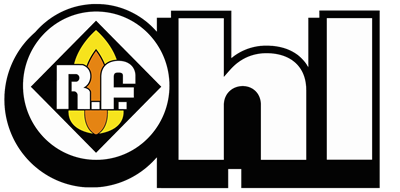Helpful Information Regarding Carbon Monoxide Poisoning
 Carbon monoxide, with a chemical symbol of CO is a type of poisonous gas which is characterized as rather deceptive. This is because it is colorless, odorless, and tasteless – all three attributes that make it more like a silent killer. The gas is produced mostly by the incomplete burning of carbon-based fuels such as oil, wood, coal, and gas. However, it has to be noted that carbon-based fuels in general perspective are safe to use. However, the production of CO is the most unfortunate effect of using them. But then again, the production only happens when the fuel used isn’t burned properly, thereby resulting to a surplus of gas, which then is named as carbon monoxide. When this gas successfully penetrates the body, it will prevent the blood from distributing oxygen to the cells, organs, and tissues. This alone makes it a very deadly gas.
Carbon monoxide, with a chemical symbol of CO is a type of poisonous gas which is characterized as rather deceptive. This is because it is colorless, odorless, and tasteless – all three attributes that make it more like a silent killer. The gas is produced mostly by the incomplete burning of carbon-based fuels such as oil, wood, coal, and gas. However, it has to be noted that carbon-based fuels in general perspective are safe to use. However, the production of CO is the most unfortunate effect of using them. But then again, the production only happens when the fuel used isn’t burned properly, thereby resulting to a surplus of gas, which then is named as carbon monoxide. When this gas successfully penetrates the body, it will prevent the blood from distributing oxygen to the cells, organs, and tissues. This alone makes it a very deadly gas.
Yes, although you can smell or see it, carbon monoxide is actually a very potent killer. It harms without any kind of warning. Statistics say that each year, there are eleven people who die from carbon monoxide poisoning from gas appliances as well as fuels that haven’t been installed properly or those that haven’t been maintained or serviced for a very long time. While there are certain low levels that aren’t enough to kill, those levels of CO can still lead to very serious health issues, especially when the gas is breathed in a long period of time. In some of the most extreme and known cases, the inhalation of CO led to paralysis as well as brain damage.
Therefore, the increase and promotion of public knowledge about the risks of carbon monoxide poisoning is very crucial in today’s world, especially with the fact that majority of us are dependent to gas appliances.
The good thing is there are actually signs that you can easily look out for in order to determine incomplete burning is happening. For instance, if you happen to see yellow or orange flames instead of the usual blue, that’s a telltale sign. If you can see soot or brown staining in your appliance, that is another sign. Pilot lights that also blow out frequently usually mean there is incomplete combustion of the fuel. Finally, if you see increased condensation in your windows, it also means there is incomplete combustion of CO.
There are several reasons why carbon monoxide levels increase in one’s environment. This includes:
- When appliances that use fuel are not properly functioning or when they are not properly vented.
- When the home is air-tight in preparation for keeping the air warm during the winter season.
- When the chimneys or vents are blocked.
- When there is a cracked furnace exchanger.
- When the vents are either disconnected or corroded.
- When there is an insufficient air supply for fuel-burning equipment or appliance, thereby causing down-drafting.
What Are The Symptoms of Carbon Monoxide Poisoning?
The early signs and symptoms of carbon monoxide poisoning emulate common ailments and in several instances, it may well be confused with that of food poisoning or viral infection. You will know you are poisoned by CO if you experience the following:
- Breathlessness
- Tiredness
- Nausea
- Dizziness
- Headache
- Pain in the chest and stomach
- Visual issues
- Erratic behavior
Prevention is Better than Cure
The best way to fight carbon monoxide poisoning is preventing its buildup in the first place. What needs to be done is that you have to make sure that any fuel burning equipment or appliance you have at home should be in optimal condition to operate. They should also be vented with sufficient fresh air supply. If you have a barbecue grill that uses charcoal, never make the mistake of using it inside the home, garage, or any closed space. Likewise, your vehicle shouldn’t be running inside the garage. If you have a furnace at home, annual inspection must be done. Finally, annual maintenance is also necessitated for the home ventilation system, including the chimneys, fireplace, and space heaters.
